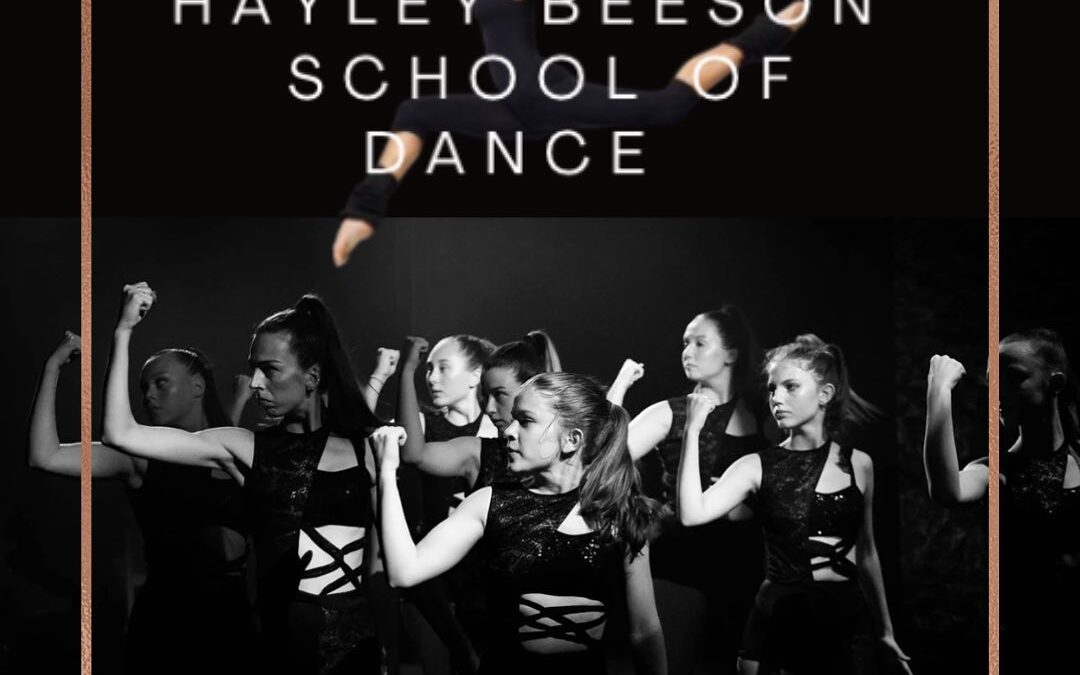Are you looking for a fun and engaging way to boost your child’s creativity, confidence, and coordination? Are you searching for a kids’ dance class that gives just a little bit more?
What areas of this topic can we explore?
Stepping into grace and skill: How dance nurtures coordination, balance, and flexibility in children
Dance offers a captivating avenue for children to develop coordination, balance, and flexibility while having fun. Through dance, children learn to synchronise their movements with music, enhancing their coordination skills. As they practice routines and choreography, their bodies become more attuned to the rhythm and timing, leading to improved motor skills and precise control of their movements. Dance routines often involve intricate footwork, graceful arm movements, and dynamic body positioning, which challenge children to maintain balance and stability. Over time, this constant engagement improves their sense of balance, enabling them to execute fluid transitions and perform complex dance sequences with poise.

Flexibility is another crucial aspect of dance that children naturally develop. Stretching exercises and dance movements promote the elongation of muscles, tendons, and ligaments, increasing flexibility. Regular dance practice gradually enhances a child’s range of motion, allowing them to execute high kicks, splits, and elegant extensions with greater ease and grace. Moreover, dance incorporates various stretches and warm-up exercises targeting different muscle groups, promoting overall flexibility and preventing injuries.
Whether it’s the coordination required to move in sync with a partner or group, the balance needed to execute challenging movements, or the flexibility that allows for artistic expression, dance provides an ideal platform for children to enhance their coordination, balance, and flexibility. These physical attributes not only benefit their dance skills but also translate into improved overall physical fitness, body awareness, and a foundation for lifelong healthy habits.
Harmony in motion: How dancing as a group activity cultivates social skills and teamwork in children
Dancing as a group in a child dance class provides children with a rich platform to develop essential social skills and teamwork abilities. When children participate in group dances, they learn the importance of collaboration and cooperation. They discover the value of communication as they coordinate movements, synchronise timing, and maintain alignment with their fellow dancers. Through group dances, children experience firsthand the power of working together towards a common goal, fostering a sense of camaraderie and shared achievement. They learn to trust and rely on their dance partners, fostering bonds built on mutual support and encouragement.
Dance rehearsals and performances create a structured environment encouraging children to engage in effective teamwork. They learn to follow instructions from dance instructors or choreographers, respecting authority figures while also contributing their unique ideas and creativity. Group dances require synchronisation and unity, which necessitate children to develop skills such as active listening, compromise, and adaptability. By dancing in harmony with others, they gain an understanding of the importance of collective effort and the impact of their individual contributions on overall performance.
Beyond the dance floor, the social skills acquired through group dance activities extend into various aspects of a child’s life. They become better at forming and maintaining friendships, expressing themselves confidently, and collaborating with others in different contexts. Dancing as a group activity not only teaches children the art of movement but also cultivates valuable social skills and teamwork abilities that will benefit them throughout their lives.
Unlocking the power within the transformative role of dance in emotional expression for children
Dance holds the key to unlocking the power within children, providing a transformative role in their emotional expression. Through movement, rhythm, and music, dance becomes a vehicle for children to explore and express their deepest feelings. When children engage in dance, they tap into a realm where words may fall short, allowing their bodies to become vessels for emotions. They learn to convey joy, sadness, excitement, and even frustration through their movements, finding catharsis and release in the fluidity of dance. Whether it’s leaping with exuberance or gracefully flowing with melancholy, dance provides a safe and creative space for children to connect with their emotions on a profound level. The act of dancing allows them to discover their own unique ways of expressing themselves, fostering a sense of self-awareness, emotional intelligence, and authenticity. Moreover, dance offers a therapeutic outlet for children to process and navigate complex emotions, helping them develop resilience, cope with challenges, and build a healthy relationship with their own emotional landscape. As children explore the transformative role of dance in emotional expression, they not only discover the power within themselves but also cultivate a lifelong tool for self-discovery and emotional well-being.
If you think dancing would help benefit your child or children, why not get in touch with us here at Hayley Beeson School of Dance? Book your child’s place at our kids’ dance class today. 07941 122204 or hayley@hbdance.co.uk.
Article: Phoenix Marketing

Recent Comments